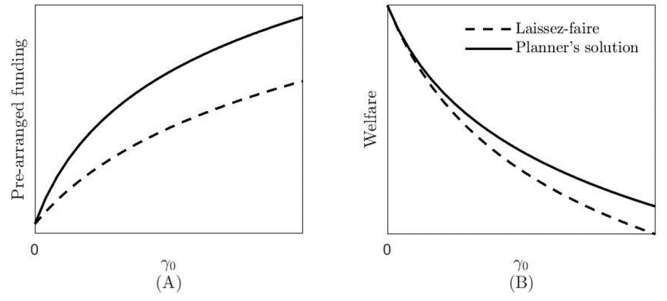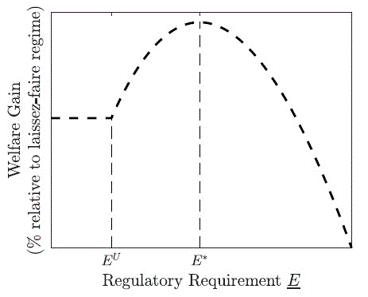References
Acharya, V., Almeida, H., Ippolito, F., and Perez-Orive, A. (2020). Bank lines of credit as contingent liquidity: Covenant violations and their implications. Journal of Financial Intermediation (44):100817.
Basel Committee on Bank Supervision. (2013). Basel III: The liquidity coverage ratio and liquidity risk monitoring tools.
Campello, M., Graham, J. R., and Harvey, C. R. (2010). The real effects of financial constraints: Evidence from a financial crisis. Journal of Financial Economics, 97(3):470–487.
Greenwald, D. L., Krainer, J., and Paul, P. (2020). The Credit Line Channel. Working Paper Series, 2020-26, Federal Reserve Bank of San Francisco.
Gutiérrez, J. E. (2023). Optimal Regulation of Credit Lines. Banco de España Working Paper No. 2323.
Jiménez, G., Lopez, J. A. and Saurina, J. (2009). Empirical analysis of corporate credit lines. The Review of Financial Studies, 22(12):5069–5098.





